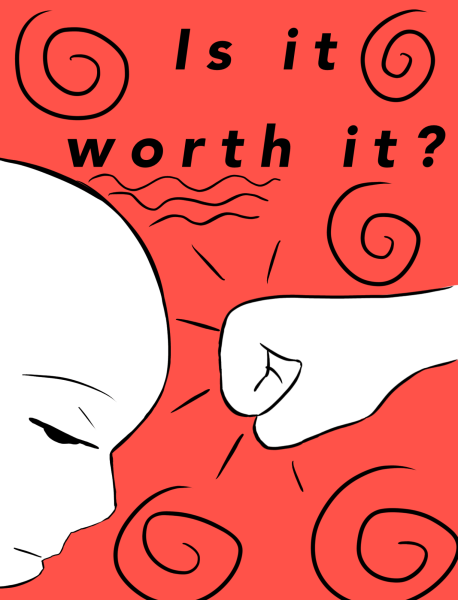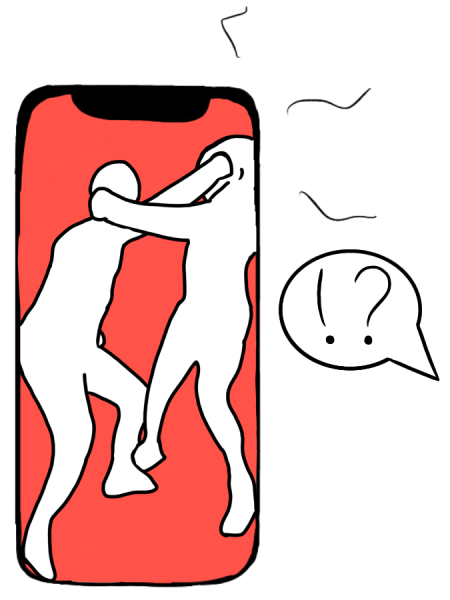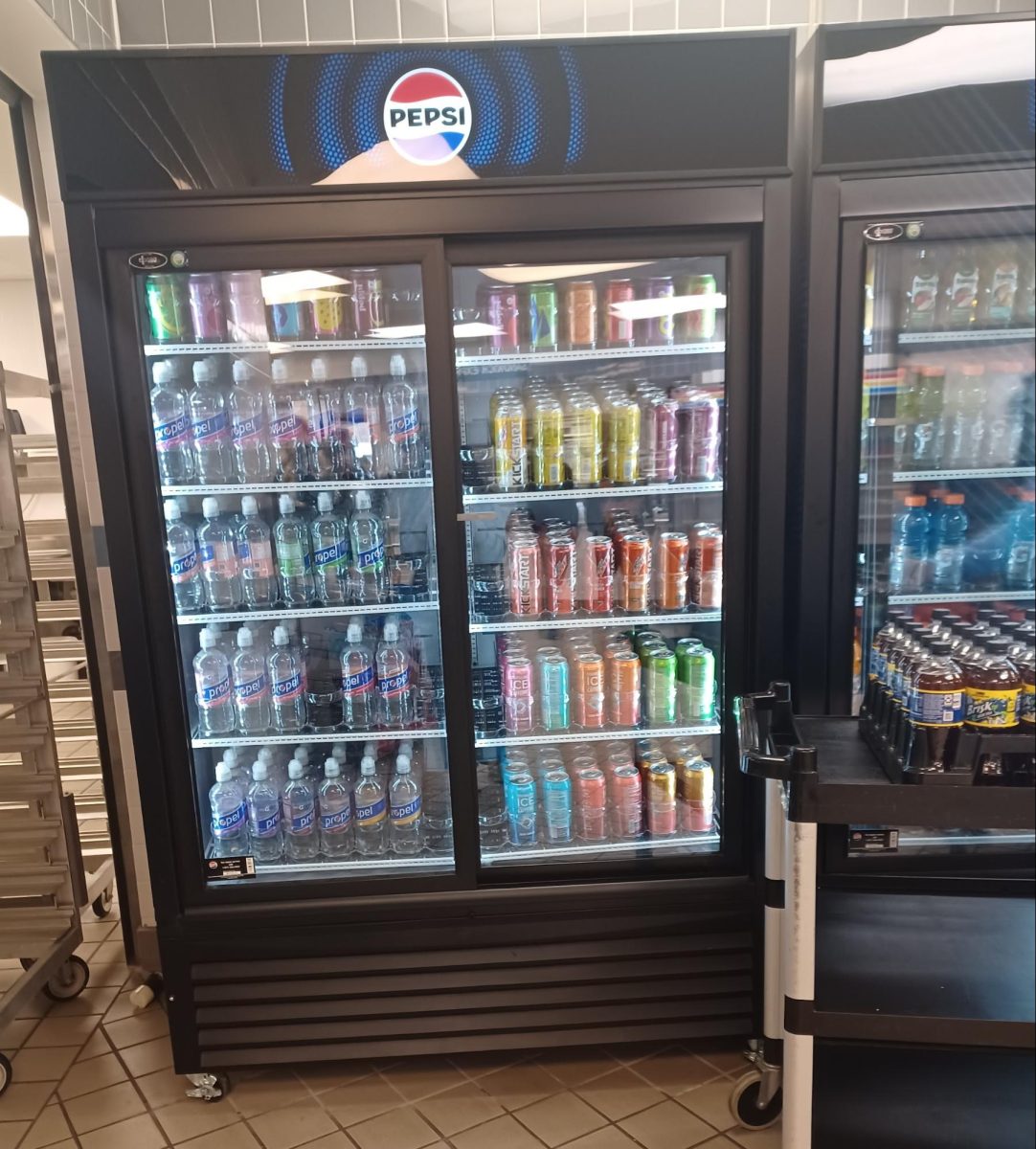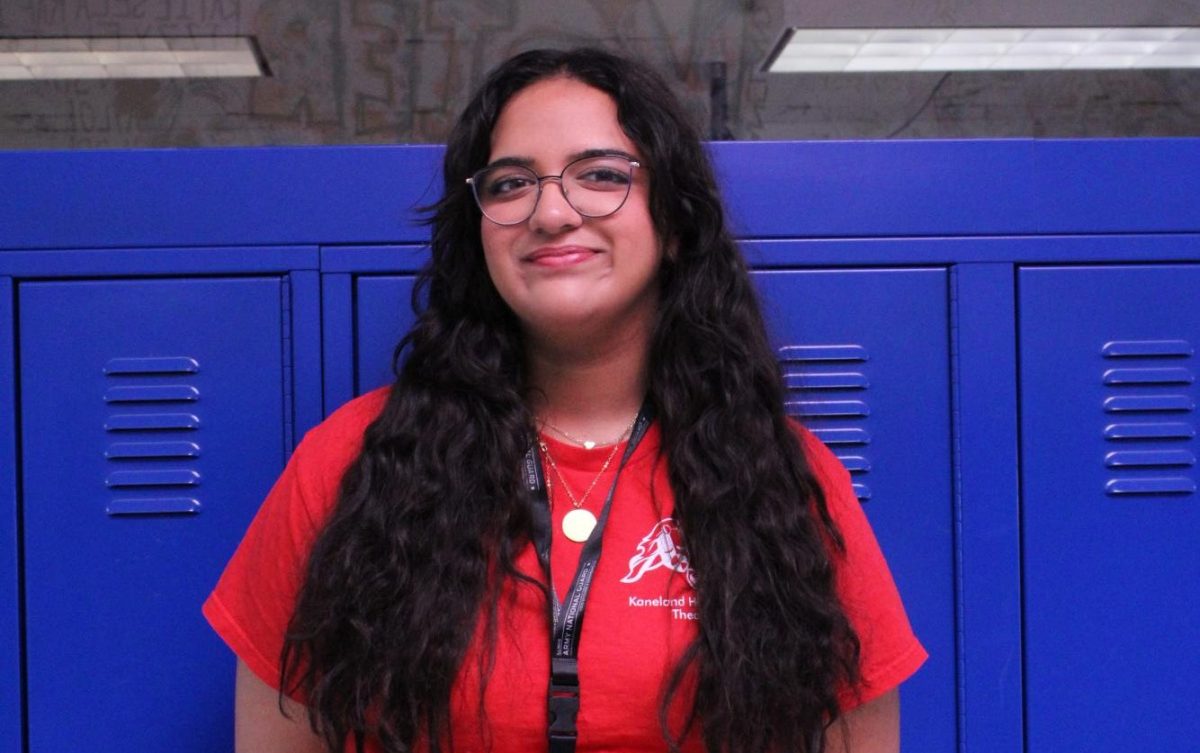One afternoon in September, sophomore Megan Ross was walking to her last class of the day. She started to notice a lot of commotion ahead. The sound of students shouting and teachers demanding for students to put away their phones echoed through the halls. She turned the corner to find two students physically fighting and causing a scene.

“I was walking from the East Gym to the blender when I noticed how everyone stopped moving,” Ross said. “I looked over and I saw these two dudes fumbling and punching one another. Everyone started running up with their cameras and teachers were yelling at all of us to put our cameras away. I had to shove people out of the way just to get to class.”
It was Ross’ first time seeing a school fight.
She looked over to see the two kids holding one another by their backpacks and sweatshirts, trying to take one another down.
“I just wanted to go to class,” Ross said. “People should be focusing on their schoolwork rather than punching one another.”
Ross continued to explain her frustration with people who decide to brawl at school. She described how she thinks it’s childish to start arguing in the hallway, saying how we learned in elementary school to keep our hands to ourselves.
However, she does understand that some days students can act rather emotional and rash due to the pressures of school or even events at home.
“I feel like we are all really emotional and angry,” Ross said. “There are some times where people need to let their anger out, and sometimes that’s on a student. However, it is kind of crazy to me that some kids will start physically fighting others because of their problems.”
Some problems that students have can lead to fights instantly.

Senior Mikey Conley has experienced several school fights during his time at Kaneland. He walked into the bathroom one day, a month into his freshman year. He saw that two students were vaping in a bathroom stall together. The smoke disappeared as fast as it appeared. Mikey decided to mind his own business, and he never could have guessed what would happen next.
“As I was washing my hands, the two boys started arguing over how one of them ‘killed’ the other’s vape,” Conley said. “They immediately started pushing one another around and bashing one another into the stalls. Every once in a while they would try to hush themselves because they didn’t want to get in trouble.”
There was another fight that Conley experienced that year, one that was much more public and violent.
While he was walking to his class, a student walked up to another and ripped her braids completely out of her head. They immediately started to tear one another’s hair out and throw it on the ground, giving the school a performance of a lifetime.
“I remember stepping on one of the girl’s braids,” Conley said. “That was weird.”
There is a common theme in terms of combat at schools.
“A lot of school fights are grabbing and pulling onto anything you can find,” Ross said. “For the girls, it’s often hair.”
The National Center for Education Statistics released a report about all sorts of violence and crime in American schools. In the Report on Indicators of School Crime and Safety: 2023, it is stated that, “The percentage of students in grades 9–12 who reported having been in a physical fight anywhere during the previous 12 months was lower in 2021 than in 2011 (18 vs. 33 percent).”
However, that doesn’t make them any less common.
“When I hear about a school fight, I’m never surprised,” Conley said. “We go to a school in the middle of nowhere, and this school doesn’t have the most emotionally intelligent people. The top three reasons why people get into fights are because of emotional immaturity, miscommunication and the inability to stop and think whether or not the fight is even worth it.”
Students often avoid school fights because they don’t want to risk losing their scholarships or job opportunities. However, students may be surprised to learn the truth about fights in school.
“All of the behavior records stay at the school,” Kaneland’s Dean of Students Steven Lucas said. “Nothing is actually shared with future employers or colleges. I think that is a surprise to most kids, but for obvious reasons we still have to educate our children about making better decisions.”
The adversaries aren’t the only ones who have to consider their decisions. The witnesses also have to make smart choices. Witnesses to fights often have to use their own judgment to determine whether or not they should record the conflict. The documentation of fights often leads to students getting in severe trouble.

“It’s illegal to record someone without their consent,” Lucas said. “We are in a society where people pick up their phones and start recording instead of helping. I think that’s a problem.”
From a student’s perspective, it is often all about being entertained.
“Let’s not lie, people like fights for entertainment,” Conley said. “It gives people something to talk about. It gives us something to choose sides over. People like it because it is a conversation starter. I agree that students shouldn’t be recording these situations and I understand the argument, but I’m also a hypocrite. Everyone is.”







